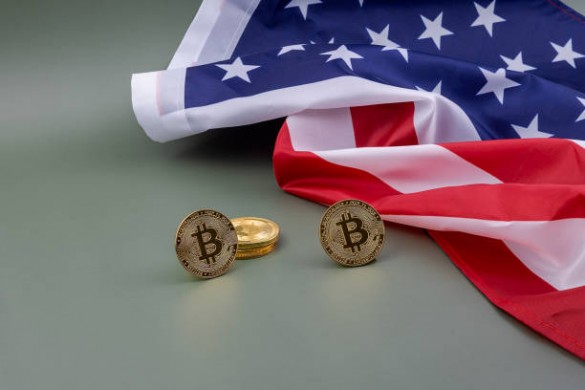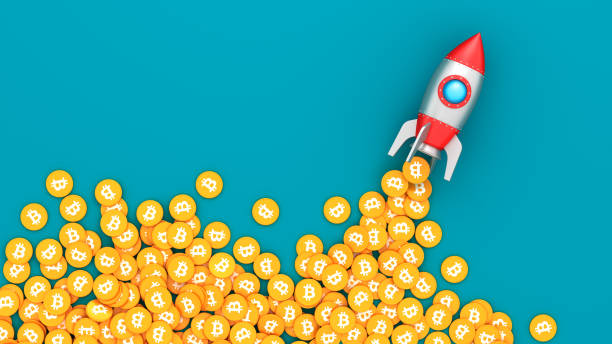While Nvidia’s stock may have topped out, it’s not certain that the big market correction is just around the corner. After all, it seems that investors’ pockets are bulging with cash, judging by the recent run-up in Bitcoin, which has surpassed $71,000; Ether, which has surpassed $4,000, and gold, which has hit new all-time highs.

As for reasons to remain optimistic, mention Jerome Powell’s speech in which he said the Fed needs “just a little more evidence” that inflation is headed toward its 2% target before it starts cutting borrowing costs. “We’re not far from it,” implying they will not delay a rate cut beyond June. The question now is how many times they will be lowered in 2024.
On another positive note, the struggling US regional bank New York Community Bancorp managed to secure more than $1 billion in fresh funding led by Steven Mnuchin, the former US Treasury Secretary, trying to ensure its viability. However, it is still unclear whether that is enough to cover all the problems.
Looking at how things are evolving, it would not be unreasonable to see more persistent bullish strength in the market for some time. However, the reasons for the correction, such as overvalued assets, problems in the banking and commercial real estate sectors, and the sovereign debt bubble, are undeniably present.
Speaking of a possible shift in sentiment, it is crucial to watch how the market reacts to this Friday’s important quarterly futures and options expiry in the US market, along with incoming macroeconomic data, especially the US inflation report.
Over the past month, headline CPI rose and beat expectations. If inflation data disappoints again, the Fed may have to backtrack on Powell’s dovish pivot delivered this week before the House Financial Services Committee.
In addition, keep an eye on the Bank of Japan, which is expected to signal the end of its negative interest rate policy in the coming weeks. It should be recalled that in December 2022, global markets were hit by the Bank of Japan’s decision to relax its yield curve control policy.
The negative reaction was due to fears that the normalisation of policy would lead the Japanese to withdraw billions of dollars invested in the markets, reinvesting them domestically. On the positive side, even if they rise, interest rates are likely to remain close to zero for some time, well below what developed markets are offering.

 Hot Features
Hot Features













